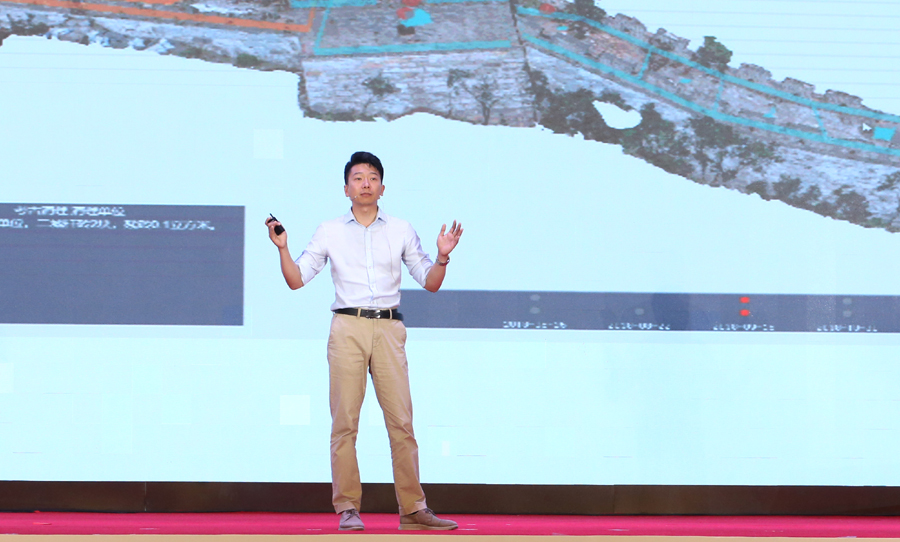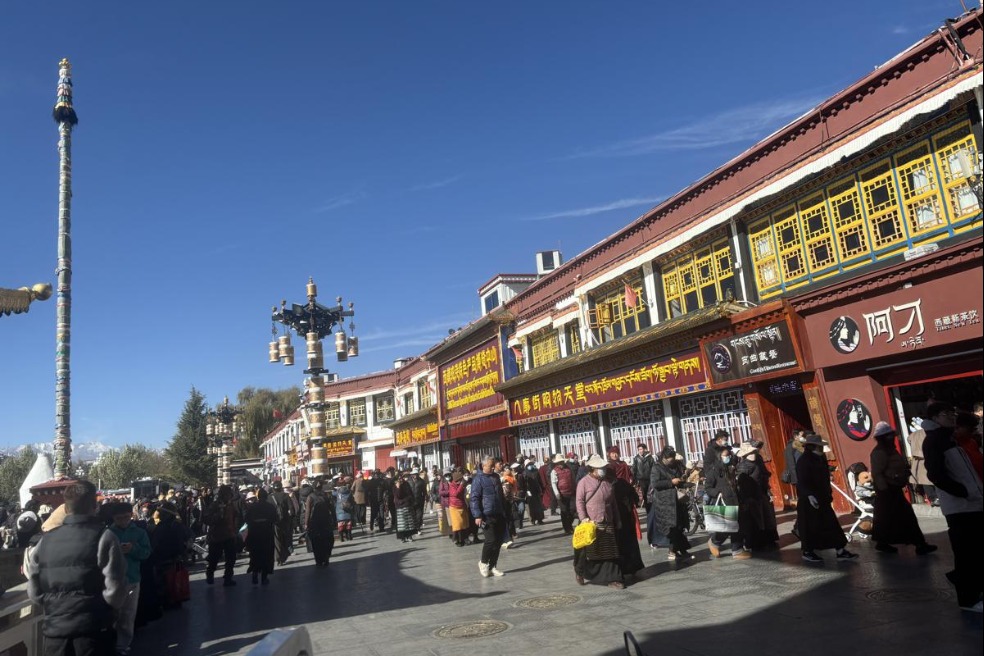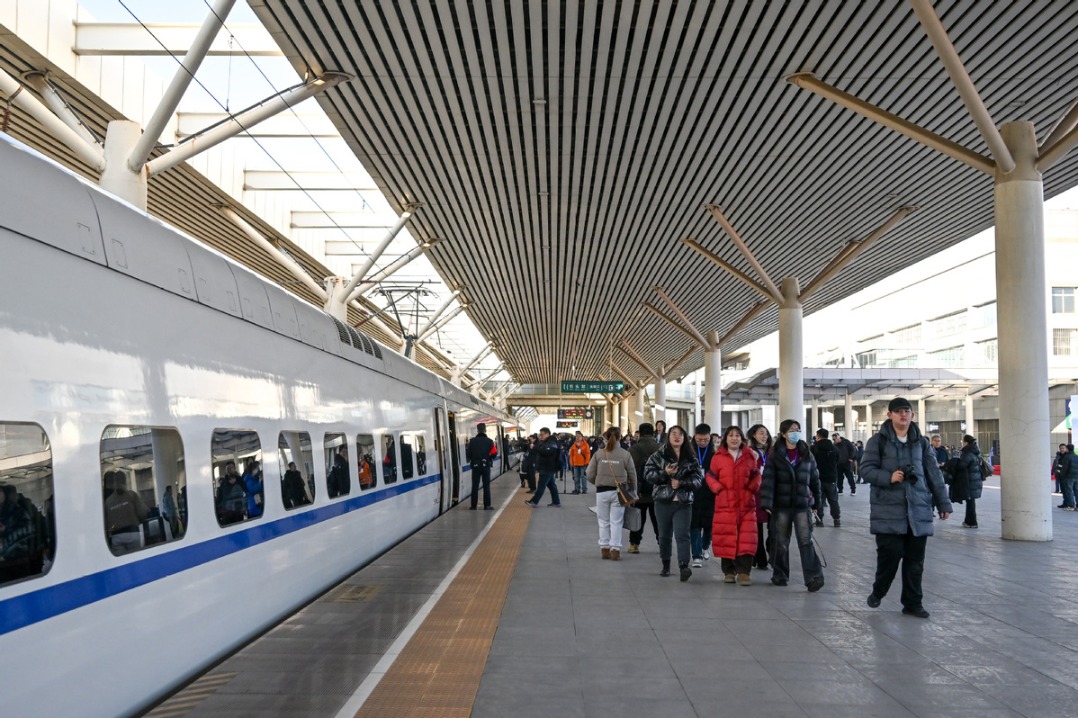What they say at Vision China event in Liaoning


Zhang Jianwei
Deputy dean of the School of Archaeology and Museology, director of Cultural Heritage at Peking University
In light of the flood of recent data caused by the rapid development of 3D modeling and virtual reality technologies, researchers and preservers of cultural heritage sites now face new opportunities and challenges. As with personal computers and smartphones, virtual simulation devices that employ VR (virtual reality) and AR (augmented reality) technologies have great potential to become the next indispensable computation platform. Ever since 2016, "virtual reality's breakthrough year", virtual simulation devices have been used in numerous applications to enhance online tours and public education for cultural heritage sites in China. Today I would like to explore how cultural heritage digitization promotes education and research in the fields of archaeology, museology and tourism.
However, that in-person observations are still indispensable even with the technologies that we have today. The visuality that we acquire through small screens cannot replace the materiality that we experience on site, but they attract us to visit them on-site. I believe this is even more persuasive after the world endured 3 years of the pandemic. For the aim of a community with a shared future for mankind, we will continuously use heritage digitization technology to explore the civilization history of China.
























